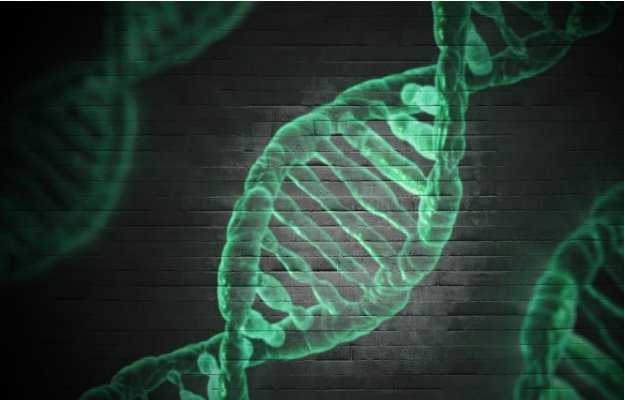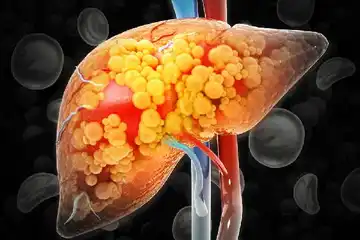What is Abetalipoproteinaemia?
Abetalipoproteinaemia is a rare genetic disorder linked to faulty absorption of fats and fat-soluble vitamins and low cholesterol levels. The inability to absorb fat from the intestine results in deficiencies of lipids and some vitamins.
It is also known as Bassen-Kornzweig syndrome after the doctors who first reported it.
What are its main signs and symptoms?
- Abetalipoproteinaemia affects the digestive system, resulting in vomiting, smelly stools and distension of the abdomen.
- It also affects the nervous system, causing lack of coordination, tingling sensation, tremors in the hands and feet and difficulty with speech.
- An affected person shows an abnormal curvature of the spine amongst other skeletal abnormalities.
- The red blood cells of a patient become abnormally shaped. This can lead to anaemia, which results in fatigue and weakness.
- The condition can affect various other parts of the body, such as the eyes and liver.
What are the main causes?
The condition is caused because of a mutation in a particular gene. A mutation is a change or deviation from the normal genetic makeup, resulting in a pathology or disease. It is an autosomal recessive disorder; this means that the gene must be inherited from both parents for a child to have abetalipoproteinaemia.
The risk of this rare genetic disorder is greater in those children born to parents who are closely related.
How is it diagnosed and treated?
Apart from specialised tests for diagnosis, a physician takes clues from the characteristic symptoms, medical history and examination.
- Tests are carried out to check lipid, lipoprotein and cholesterol levels in the blood as well as levels of vitamin A, vitamin D, vitamin E and vitamin K.
- Blood tests give a picture of the abnormality in the red cells if any.
- Based on the symptoms, a neurological assessment and eye examination are also carried out.
Treatment is a multi-disciplinary approach requiring management of symptoms concerning all systems in the body.
- Dietary modification is usually advised to every person with abetalipoproteinemia. Reducing the intake of fats helps in tackling the problem with absorption.
- Fat-soluble vitamins are supplemented to improve symptoms related to disorders of the nervous system as well as the eye.
- Physiotherapy and muscle exercises are effective for neuromuscular problems.
- Genetic counselling should be done before having another child if the first child has the condition.
- The outcome of this condition is fairly good if detected early. Timely treatment can prevent deterioration of the quality of life.
(Get online doctor consultation for any health issue)
















